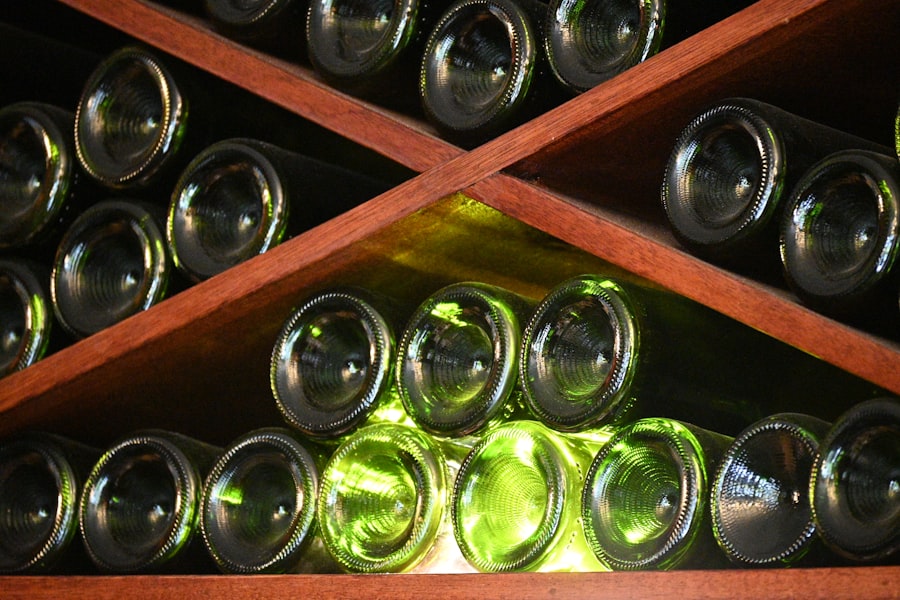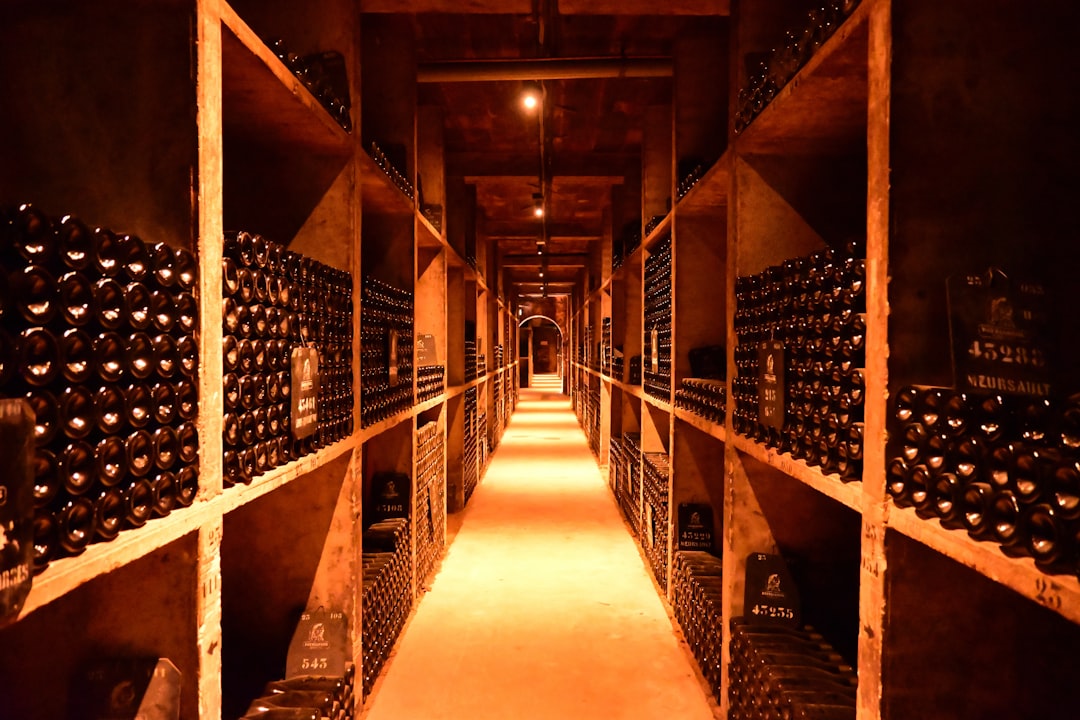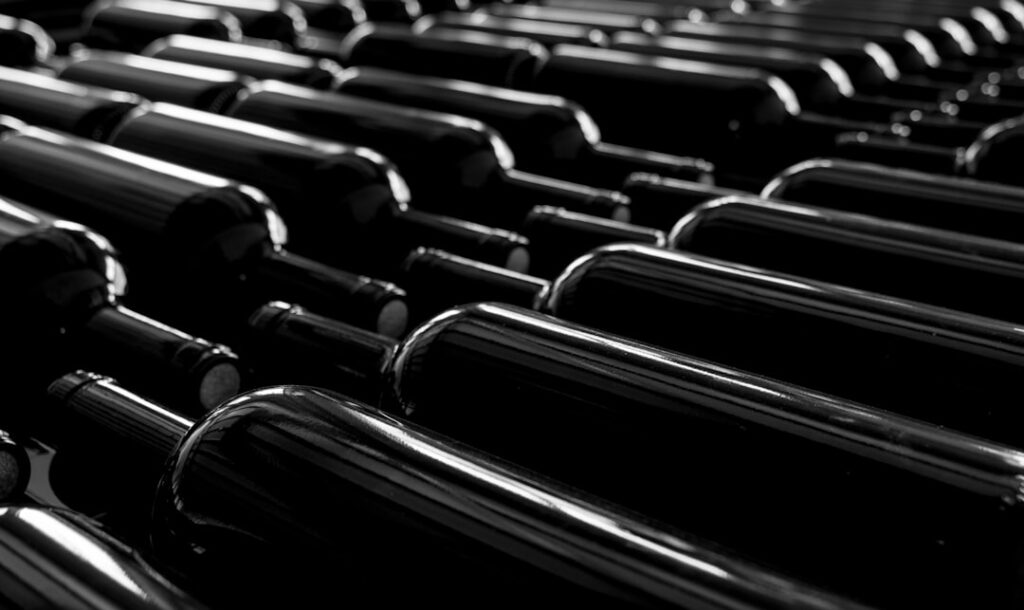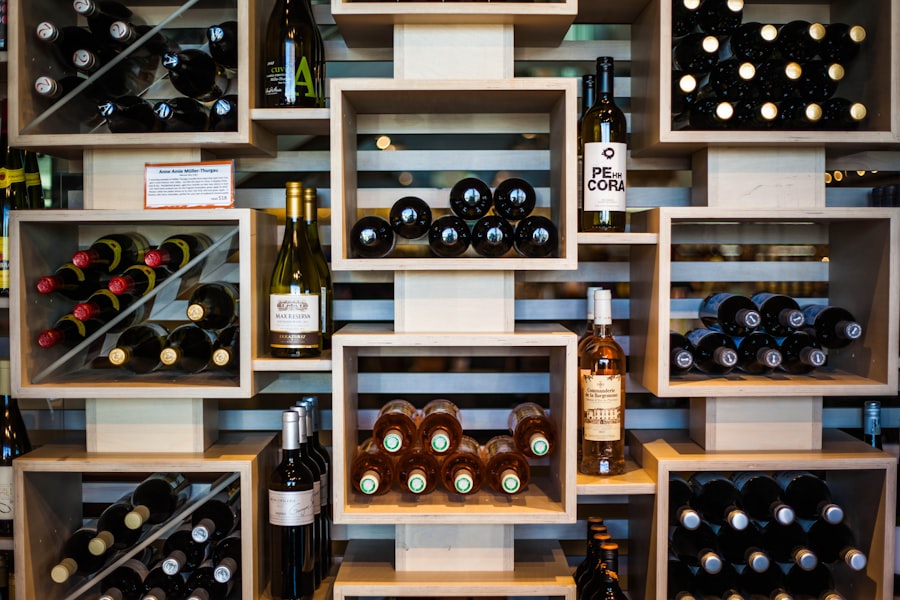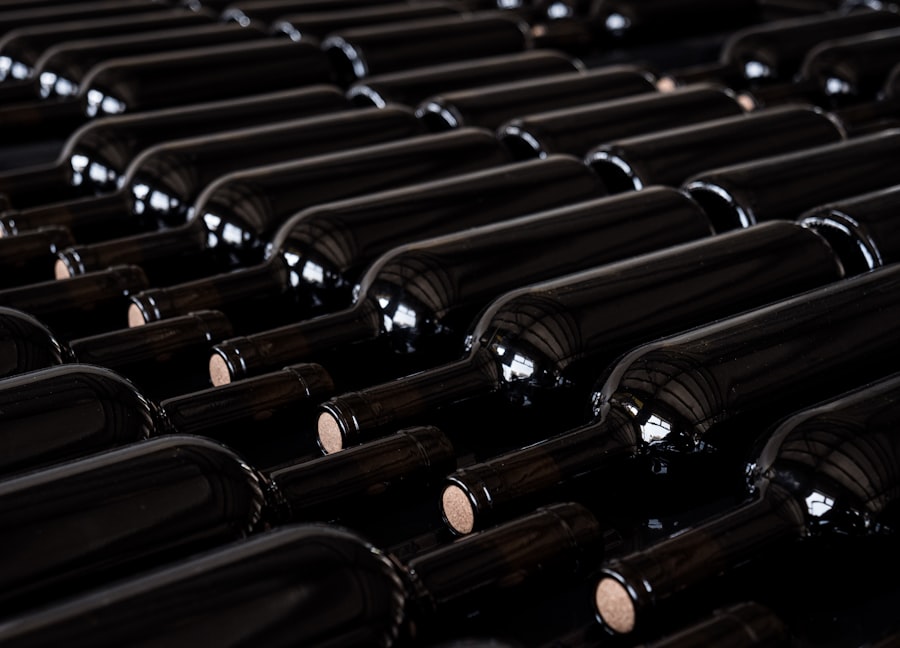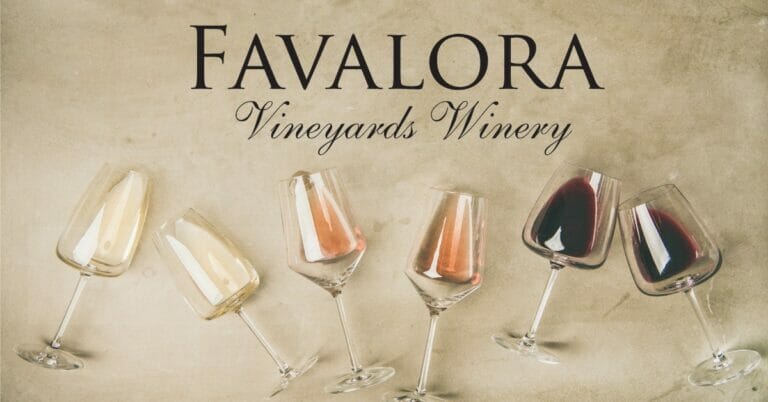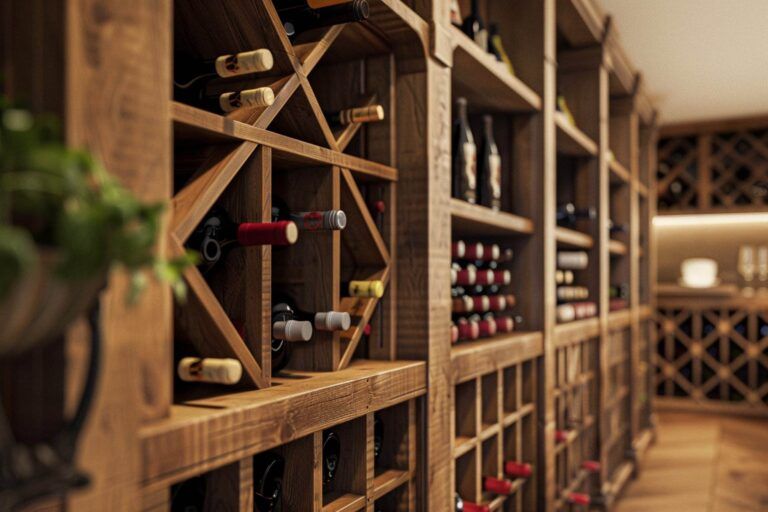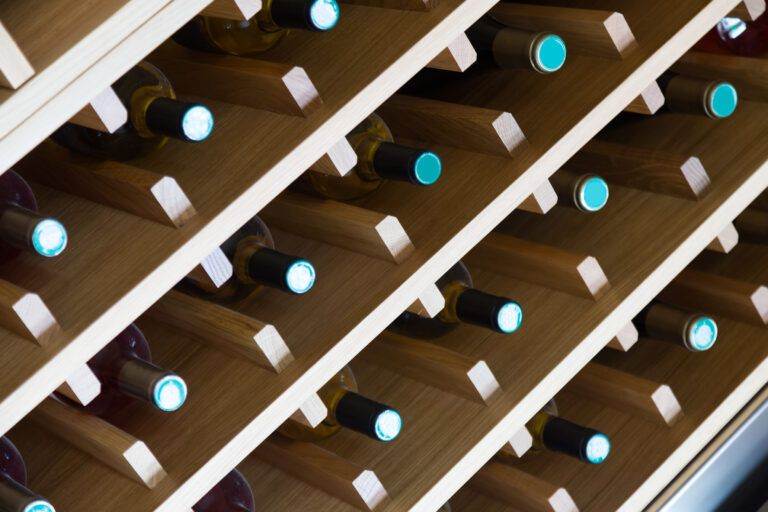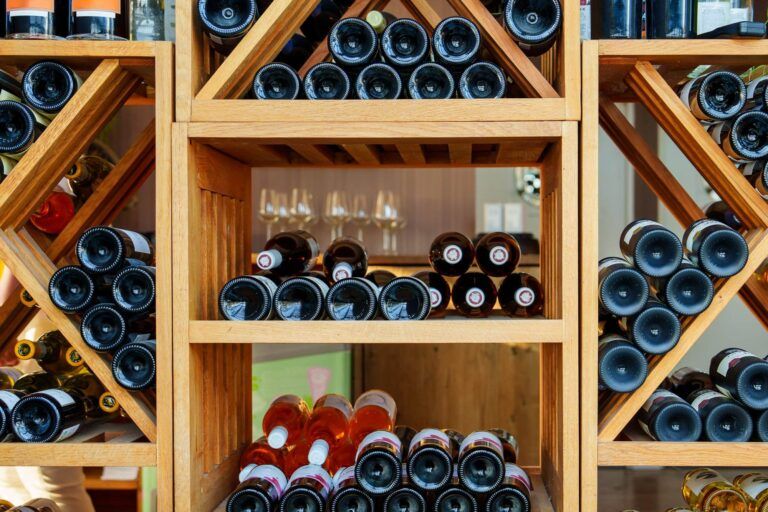How to store sparkling wines at different pressures safely
Sparkling wines are celebrated for their effervescence, a delightful characteristic that sets them apart from still wines. The bubbles in these wines are a result of carbon dioxide being dissolved in the liquid, creating a unique sensory experience. The pressure levels in sparkling wines can vary significantly, and understanding these differences is crucial for proper storage and enjoyment.
Generally, sparkling wines are categorized into three pressure levels: low, medium, and high. Each category has its own characteristics and storage requirements. Low-pressure sparkling wines, such as some Proseccos and certain styles of Moscato, typically have a pressure of around 1 to 2 atmospheres.
These wines are often lighter and more refreshing, making them ideal for casual sipping. Medium-pressure sparkling wines, like Cava and many traditional method sparkling wines, usually exhibit pressures between 2 to 3 atmospheres. These wines often have more complexity and depth due to the secondary fermentation process that creates their bubbles.
High-pressure sparkling wines, such as Champagne, can reach pressures of 3 to 6 atmospheres or even higher. The intense pressure in these wines contributes to their robust flavor profiles and longevity. Understanding these pressure levels is essential not only for appreciating the wine’s characteristics but also for ensuring proper storage conditions.
Each type of sparkling wine requires specific handling to maintain its quality and effervescence. By recognizing the differences in pressure levels, wine enthusiasts can make informed decisions about how to store and serve their sparkling wines, ultimately enhancing their overall experience.
Key Takeaways
- Understanding the Pressure Levels of Sparkling Wines:
- Sparkling wines have varying levels of pressure, with low, medium, and high-pressure categories.
- The pressure in sparkling wines is measured in bars, with low-pressure wines having 1-2.5 bars, medium-pressure wines having 3-5 bars, and high-pressure wines having 6 bars or more.
- Storing Low-Pressure Sparkling Wines Safely:
- Low-pressure sparkling wines should be stored in a cool, dark place away from direct sunlight and heat.
- It is important to store low-pressure wines horizontally to keep the cork moist and prevent oxidation.
- Storing Medium-Pressure Sparkling Wines Safely:
- Medium-pressure sparkling wines should be stored similarly to low-pressure wines, in a cool, dark place with consistent temperature and humidity.
- Storing High-Pressure Sparkling Wines Safely:
- High-pressure sparkling wines require extra care and should be stored in a secure, temperature-controlled environment to prevent explosions.
- Tips for Storing Sparkling Wines at Different Pressures:
- Always store sparkling wines away from strong odors and vibrations to maintain their quality.
- Regularly check the storage conditions and ensure the bottles are stored at the correct angle to keep the cork moist.
- Common Mistakes to Avoid When Storing Sparkling Wines:
- Avoid storing sparkling wines in the refrigerator for extended periods, as the vibration and light can negatively impact the wine.
- Do not store sparkling wines upright, as this can cause the cork to dry out and lead to oxidation.
- Tools and Equipment for Safely Storing Sparkling Wines:
- Invest in a wine refrigerator or cellar for long-term storage of sparkling wines, ensuring they are kept at the ideal temperature and humidity.
- Use a wine rack or storage system that keeps the bottles at the correct angle to prevent the cork from drying out.
- Best Practices for Serving and Enjoying Sparkling Wines:
- Chill sparkling wines to the ideal serving temperature before opening, typically around 45-48°F (7-9°C).
- Use proper glassware, such as flutes or tulip-shaped glasses, to enhance the aroma and effervescence of the wine.
Storing Low-Pressure Sparkling Wines Safely
Low-pressure sparkling wines, with their gentle effervescence, require careful storage to preserve their freshness and flavor. These wines are best enjoyed young, typically within a year or two of bottling. To ensure that low-pressure sparkling wines maintain their quality, it is essential to store them in a cool, dark place away from direct sunlight and temperature fluctuations.
A consistent temperature between 45°F and 55°F is ideal for preserving the delicate flavors and aromas of these wines. When storing low-pressure sparkling wines, it is advisable to keep the bottles upright. Unlike high-pressure sparkling wines, which benefit from being stored horizontally to keep the cork moist, low-pressure varieties do not have the same risk of cork drying out.
Storing them upright minimizes the risk of sediment disturbance and helps maintain clarity. Additionally, it is important to avoid storing these wines in areas with strong odors or vibrations, as these factors can negatively impact the wine’s taste.
Storing Medium-Pressure Sparkling Wines Safely

Medium-pressure sparkling wines require a bit more attention when it comes to storage. With pressures ranging from 2 to 3 atmospheres, these wines are more complex and can benefit from a slightly longer aging process compared to their low-pressure counterparts. To store medium-pressure sparkling wines effectively, it is crucial to maintain a stable environment that protects the wine from temperature fluctuations and light exposure.
The ideal storage temperature for medium-pressure sparkling wines is similar to that of low-pressure varieties, typically between 45°F and 55°F. However, it is recommended to store these bottles horizontally. This position keeps the cork moist, preventing it from drying out and allowing air to seep into the bottle, which could spoil the wine.
Additionally, medium-pressure sparkling wines should be stored in a vibration-free environment to avoid disturbing the sediment that may develop over time. Proper humidity levels are also important when storing medium-pressure sparkling wines. A humidity level of around 70% is ideal for maintaining cork integrity and preventing it from drying out.
Investing in a wine cellar or a dedicated wine fridge can help achieve these optimal conditions, ensuring that your medium-pressure sparkling wines remain in excellent condition until you are ready to enjoy them.
Storing High-Pressure Sparkling Wines Safely
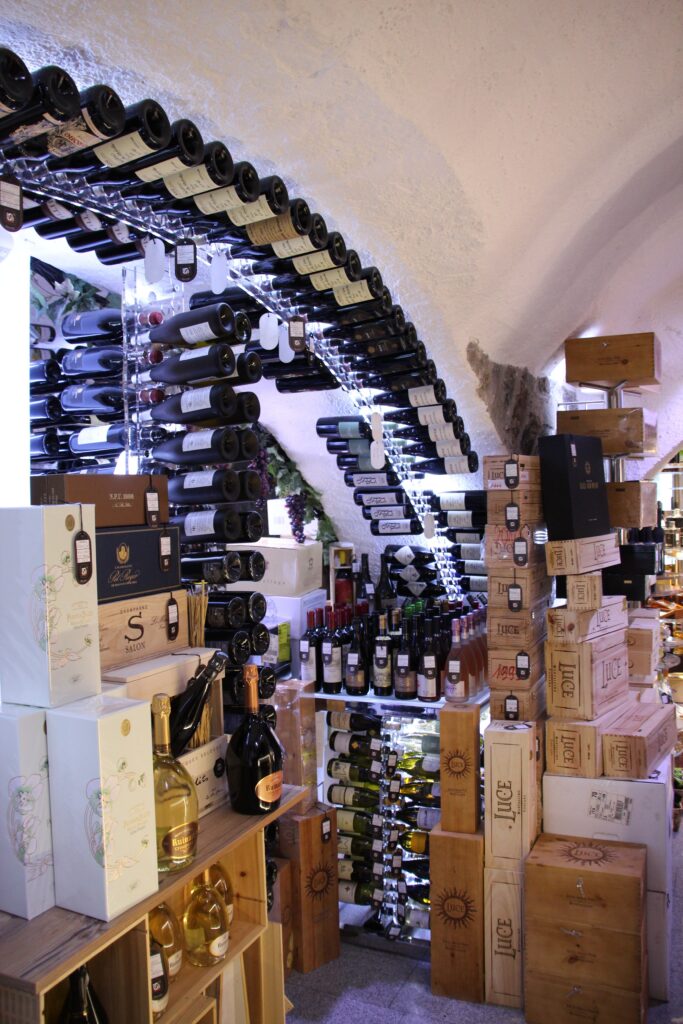
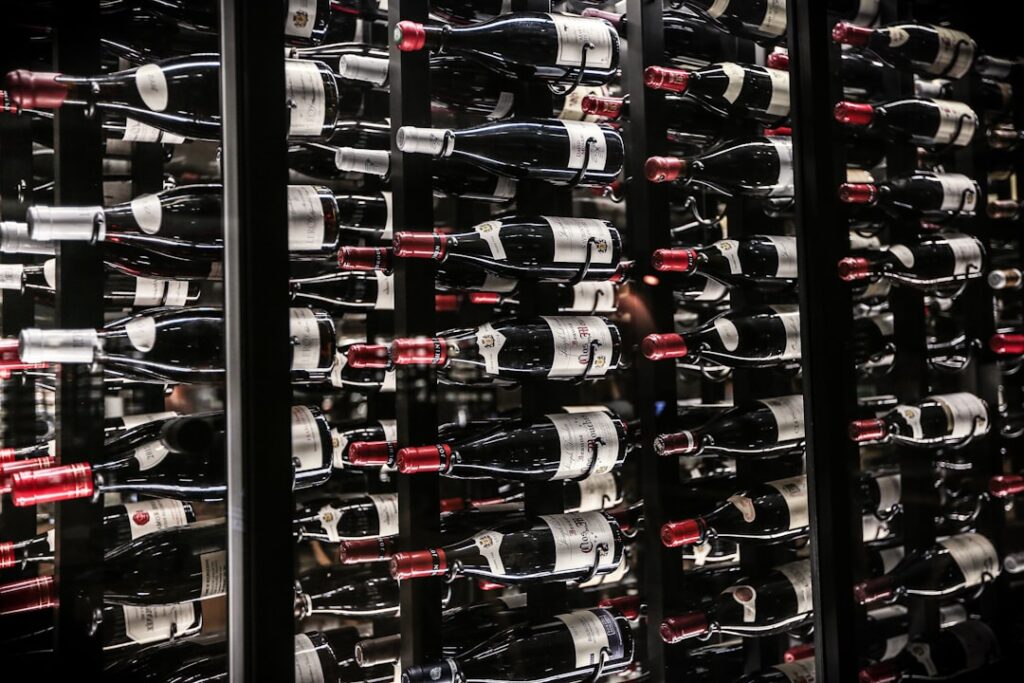
High-pressure sparkling wines, such as Champagne, require meticulous care during storage due to their elevated levels of carbonation. With pressures often exceeding 3 atmospheres, these wines are designed for aging and can develop complex flavors over time. To store high-pressure sparkling wines safely, it is essential to create an environment that mimics the conditions found in a professional wine cellar.
The ideal temperature for storing high-pressure sparkling wines is between 45°F and 50°F. This cooler temperature helps preserve the wine’s freshness while allowing for gradual aging. Like medium-pressure varieties, high-pressure sparkling wines should be stored horizontally to keep the cork moist and prevent oxidation.
This practice is particularly important for these wines because a compromised cork can lead to significant spoilage. In addition to temperature and orientation, humidity plays a critical role in storing high-pressure sparkling wines. A humidity level of around 70% is recommended to maintain cork integrity and prevent drying out.
Furthermore, it is advisable to store these wines away from strong odors and vibrations, as both can adversely affect the wine’s delicate flavors. By adhering to these guidelines, wine enthusiasts can ensure that their high-pressure sparkling wines remain vibrant and enjoyable for years to come.
Tips for Storing Sparkling Wines at Different Pressures
When it comes to storing sparkling wines at varying pressure levels, there are several key tips that can help maintain their quality and enhance your enjoyment. First and foremost, always be mindful of temperature control. Regardless of whether you are storing low-, medium-, or high-pressure sparkling wines, maintaining a consistent temperature is crucial.
Fluctuations can lead to premature aging or spoilage. Another important consideration is the orientation of the bottles. As previously mentioned, low-pressure sparkling wines can be stored upright without concern for cork integrity.
In contrast, medium- and high-pressure sparkling wines should be stored horizontally to keep the cork moist and prevent air from entering the bottle. This simple adjustment can make a significant difference in preserving the wine’s quality over time. Additionally, consider investing in a dedicated wine storage solution if you frequently enjoy sparkling wines.
Wine fridges or cellars designed specifically for wine storage can help regulate temperature and humidity levels effectively. These appliances often come equipped with features such as UV protection and vibration reduction, further safeguarding your collection.
Common Mistakes to Avoid When Storing Sparkling Wines
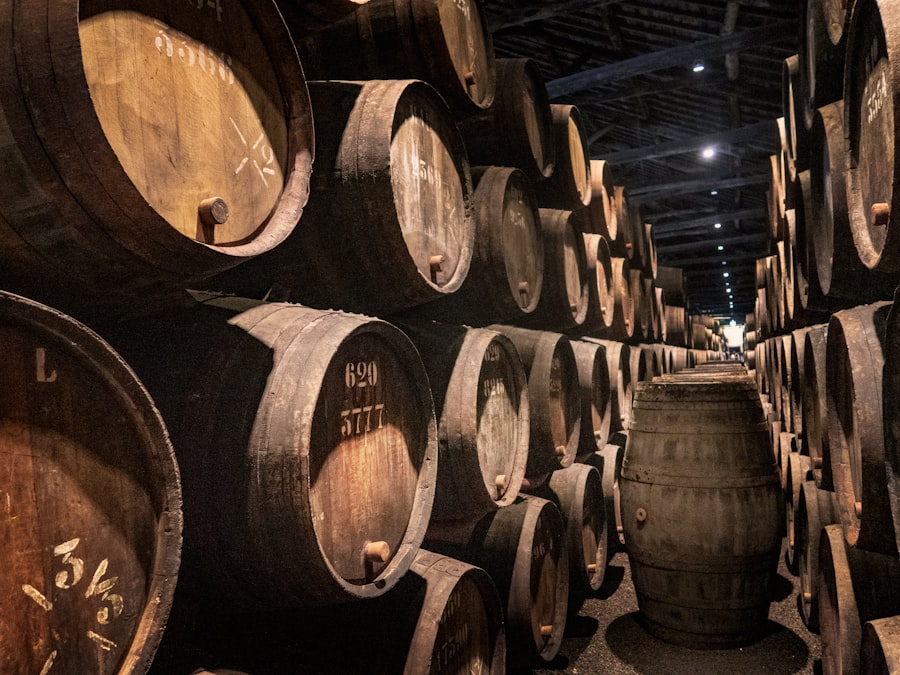
While storing sparkling wines may seem straightforward, there are several common mistakes that enthusiasts should avoid to ensure optimal quality. One frequent error is neglecting temperature control. Many people underestimate the impact of temperature fluctuations on wine quality; even minor changes can lead to undesirable effects on flavor and aroma.
Another mistake is improper bottle orientation. As noted earlier, low-pressure sparkling wines can be stored upright without issue; however, medium- and high-pressure varieties should always be stored horizontally. Failing to do so can lead to cork deterioration over time, resulting in oxidation and spoilage.
Additionally, many wine enthusiasts overlook the importance of humidity levels when storing their collection. A dry environment can cause corks to shrink and allow air into the bottle, while excessive humidity can lead to mold growth on labels or corks. Striking the right balance is essential for preserving your sparkling wines’ integrity.
Tools and Equipment for Safely Storing Sparkling Wines
To ensure that your sparkling wines are stored safely and effectively, investing in the right tools and equipment is essential. A dedicated wine fridge or cellar is one of the best investments you can make if you are serious about wine storage. These appliances provide controlled environments with optimal temperature and humidity settings tailored specifically for wine preservation.
In addition to a wine fridge or cellar, consider using wine racks designed for horizontal storage. These racks not only help keep your bottles organized but also ensure that they are stored in the correct position to maintain cork integrity. If you have limited space or prefer a more portable solution, there are also compact wine coolers available that offer similar benefits.
Another useful tool for maintaining proper storage conditions is a hygrometer or thermometer designed for wine storage. These devices allow you to monitor temperature and humidity levels accurately, ensuring that your collection remains in optimal condition. By utilizing these tools and equipment, you can create an ideal environment for your sparkling wines.
Best Practices for Serving and Enjoying Sparkling Wines
Once your sparkling wines are properly stored, it’s time to focus on serving and enjoying them at their best. The first step in this process is ensuring that your sparkling wine is adequately chilled before serving. For most sparkling wines, a temperature range of 40°F to 50°F is ideal for enhancing their flavors while maintaining refreshing effervescence.
When pouring sparkling wine, it’s essential to do so gently to preserve the bubbles. Tilt the glass at an angle while pouring slowly down the side; this technique minimizes foam buildup and allows for a more controlled pour. Fill each glass about two-thirds full to leave room for the bubbles to expand without overflowing.
Finally, take a moment to appreciate the aromas before taking your first sip. Swirling the glass gently can help release the wine’s bouquet, enhancing your overall tasting experience. By following these best practices for serving and enjoying sparkling wines, you can elevate your appreciation for these delightful beverages while ensuring that each bottle reaches its full potential.
FAQs
What are the different pressures at which sparkling wines are stored?
Sparkling wines are typically stored at pressures ranging from 5 to 7 atmospheres for Prosecco and other lightly sparkling wines, to 6 to 7 atmospheres for Champagne and other traditional method sparkling wines.
How should Prosecco and other lightly sparkling wines be stored safely?
Prosecco and other lightly sparkling wines should be stored in a cool, dark place at a consistent temperature of around 55°F (13°C) to prevent the pressure from increasing and potentially causing the bottle to explode.
How should Champagne and other traditional method sparkling wines be stored safely?
Champagne and other traditional method sparkling wines should be stored in a cool, dark place at a consistent temperature of around 55°F (13°C) to prevent the pressure from increasing and potentially causing the bottle to explode. It is also important to store these wines horizontally to keep the cork moist and maintain the seal.
What are the potential dangers of storing sparkling wines at incorrect pressures?
Storing sparkling wines at incorrect pressures can lead to an increase in pressure within the bottle, which can cause the cork to pop or the bottle to explode, posing a safety risk to anyone nearby.
How can I ensure that I am storing sparkling wines at the correct pressure?
To ensure that you are storing sparkling wines at the correct pressure, it is important to keep the bottles in a cool, dark place at a consistent temperature and to follow the specific storage recommendations for the type of sparkling wine you are storing. It is also important to handle the bottles carefully to avoid shaking or agitating them, which can increase the pressure inside the bottle.
